Archive for Items Categorized 'Trains', only excerpts shown, click title for full entry.
Isambard Kingdom Brunel
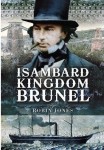
by Robin Jones
His career reads like fiction. A 2002 BBC poll voted him no. 2 of the “100 Greatest Britons”—143 years after his death! No “15 minutes of fame” for this fellow, but have you heard of him?
Architecture of Transportation
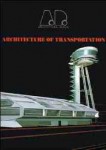
Planes, trains, automobiles—how does the task of keeping people moving affect buildings?
Frank K. Hain and the Manhattan Railway Company
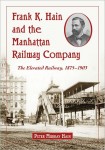
by Peter Murray Hain
The story of a competent leader of men and machines torn this way and that by feuding power blocs—who ended it all by throwing himself under one of his trains!
The Wilmington & Raleigh Rail Road Company, 1833–1854
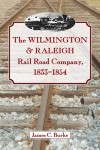
by James C. Burke
This company’s 1840 line was a marvel of civil engineering and the longest railroad in the world in its day. Today’s CSX Transportation is its offspring.
Railway Posters
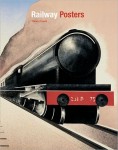
by Thierry Favre
This opulent large-format book is the English version of a book that first appeared in 2010 in its original French. It presents a micro-history of the development of passenger rail travel, mostly in the Western hemisphere, in the form of travel posters.
Smoke, Steam & Light: The Railway Art of John Austin
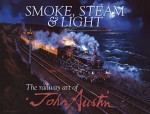
by John Austin
All locomotives are imposing in terms of sight and sound and smell—even modern diesels and electrics—but what could be more formidable than a hissing steam loco slipping its wheels to gain traction inch by inch or thundering past on full bore trailing stinging cinders and charcoal.
The Allison Engine Catalog 1915–2007
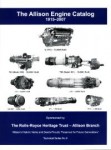
by John Leonard
As the title suggests, Allison products are arranged chronologically in catalog style, with each product occupying one page. For readers who enjoy engineering excellence, this book is a must.
The Cars of Pullman
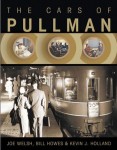
by Joe Welsh, Bill Howes, Kevin J Holland
Hotels on wheels—incorporated in 1867 as the Pullman Palace Car Company, New York cabinetmaker George Mortimer Pullman’s eponymous railroad cars crisscrossed North America for 102 years. They became a household word, so much so that especially sleeping cars were often generically referred to as Pullmans regardless of who made or ran them.
The Art of the Engineer
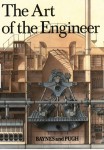
by Ken Baynes and Francis Pugh
Nothing as powerful as a revolution happens without a plan. A “plan” in the most literal sense is what made the Industrial Revolution possible. In the context of this book it refers to the scientific illustrations that precede the actual building of things.
Chicago Stations & Trains
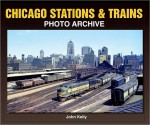
by John Kelly
Railroad stations were once the focal center of every city. Local commuter trains and cross-country passenger service intersected to provide a mass transit system that efficiently moved people across town and across the country. Kelly writes, “No other American city had such a fascinating group of railroad passenger stations as Chicago.”


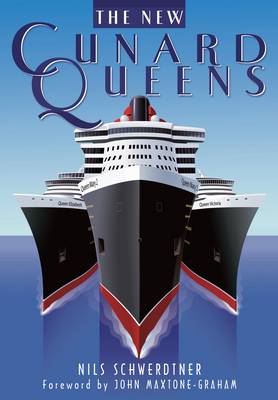
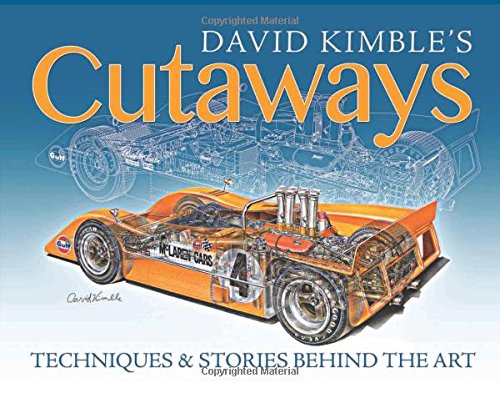
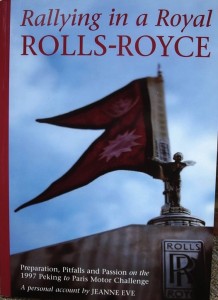
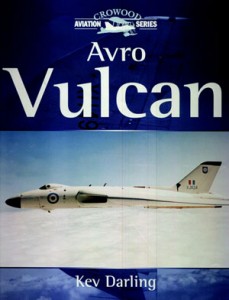
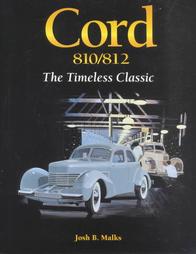
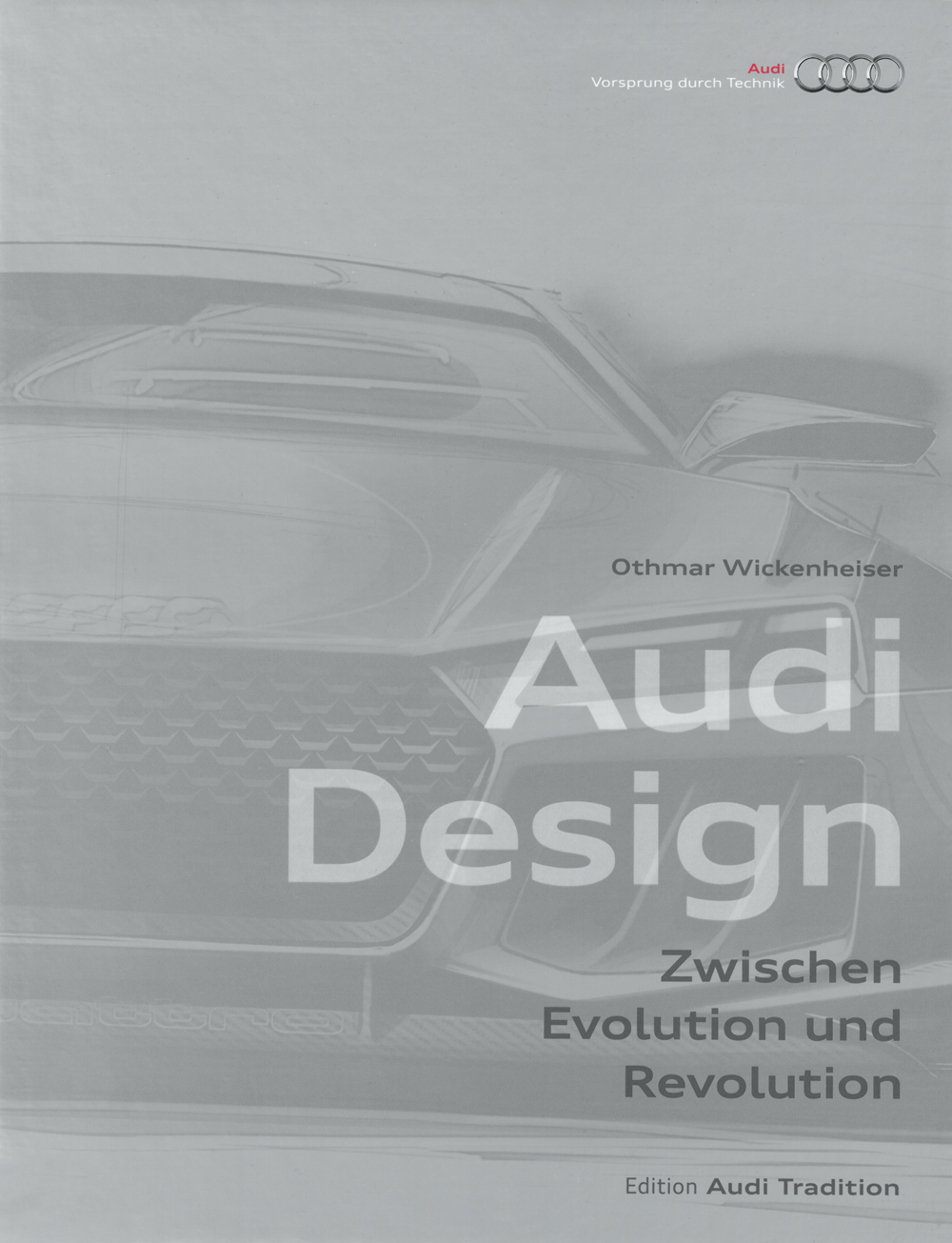
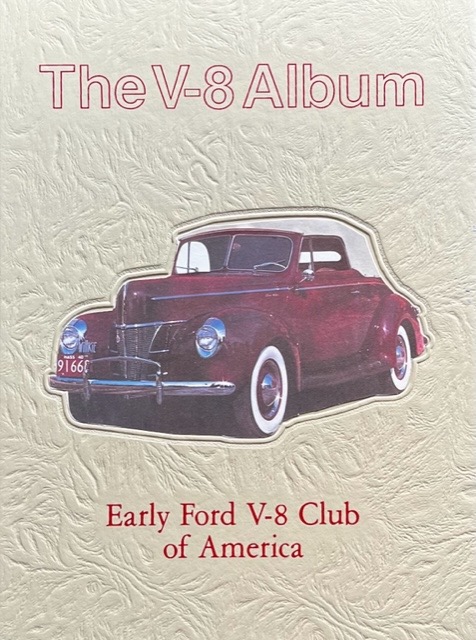
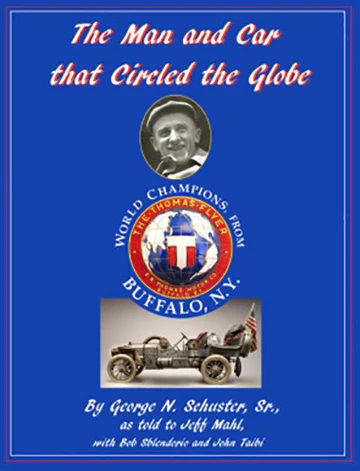
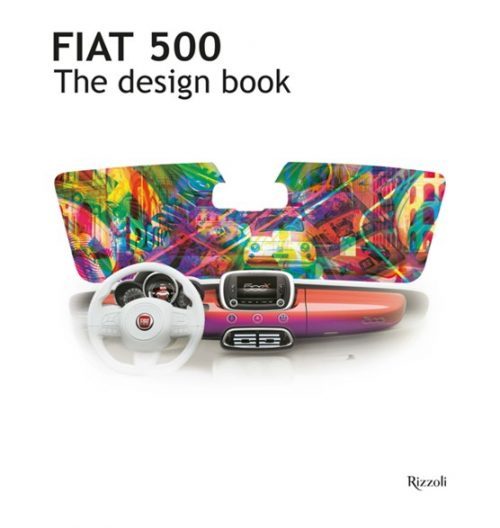
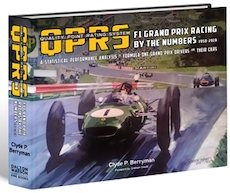
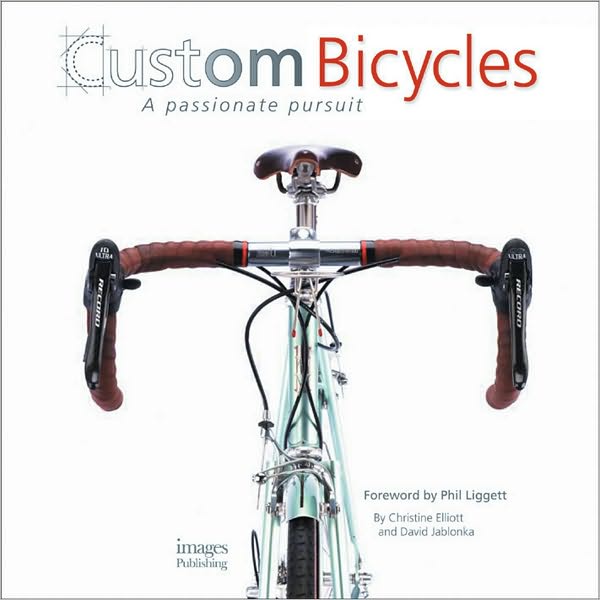
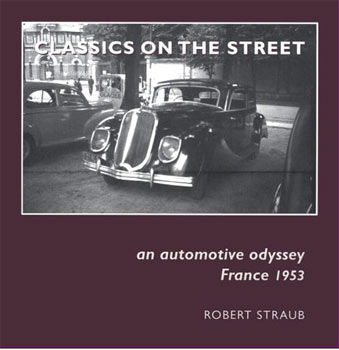

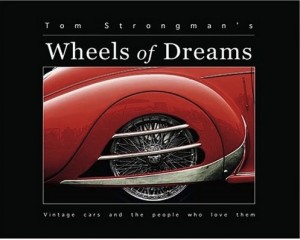
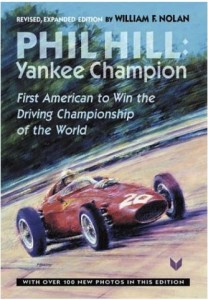
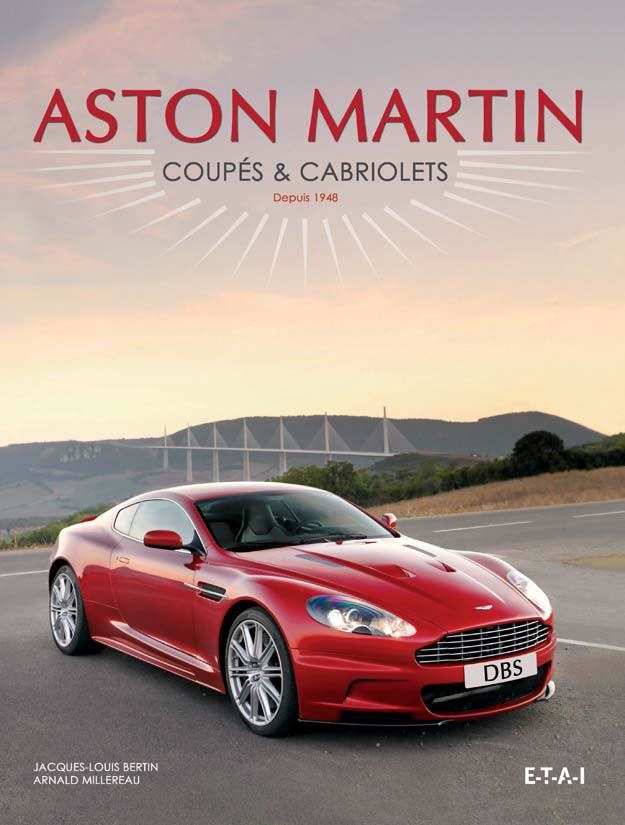

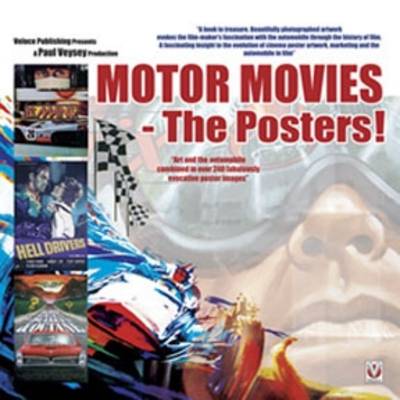
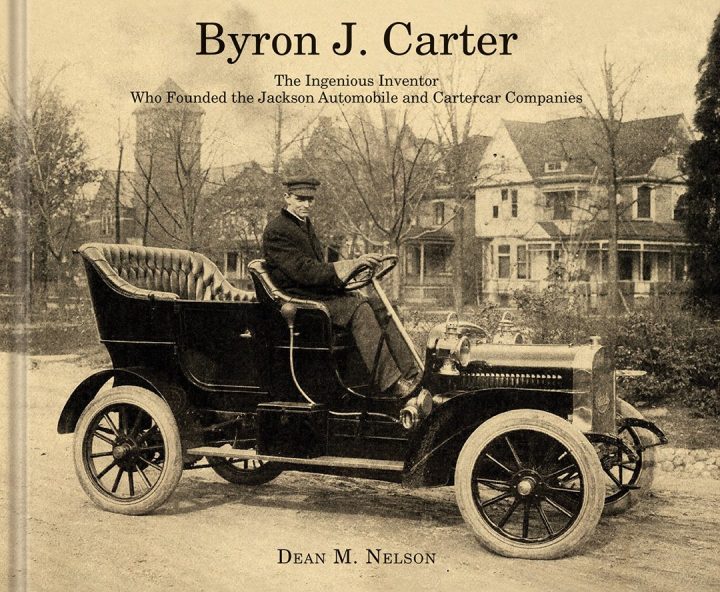
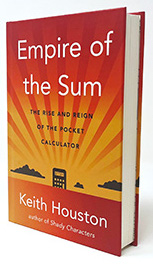

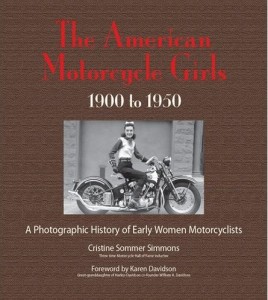
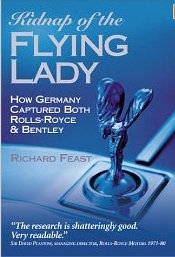
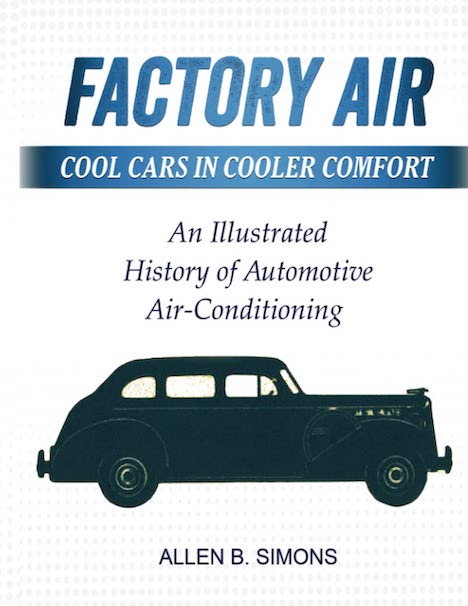
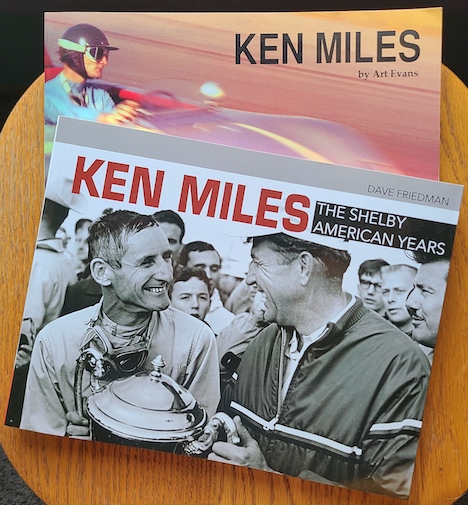
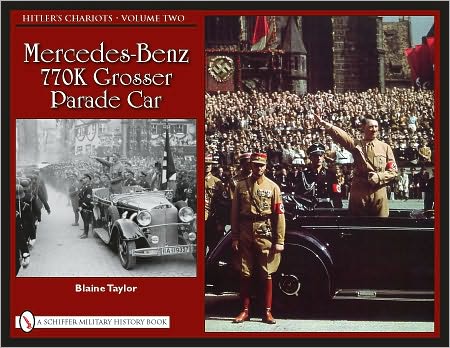
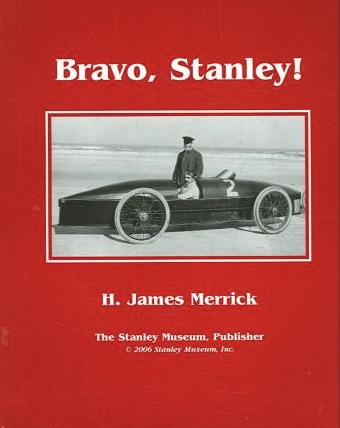
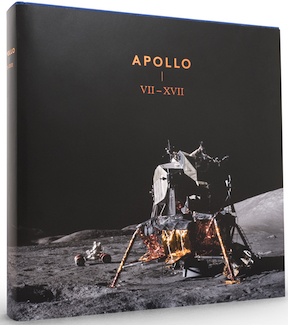
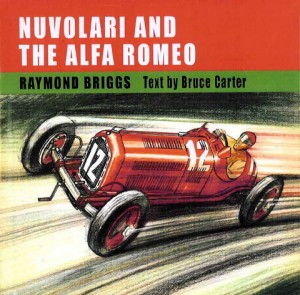
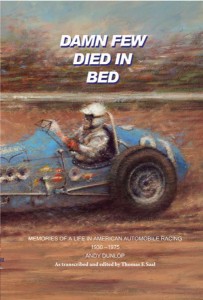
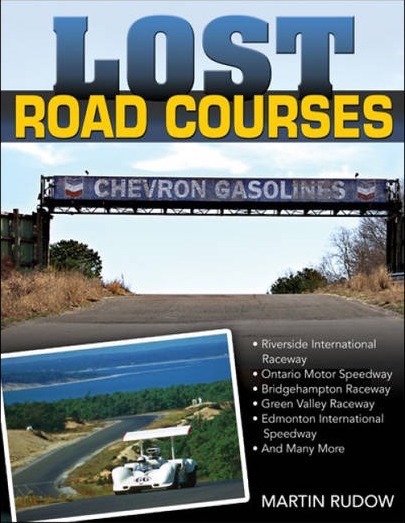
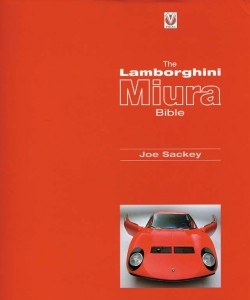
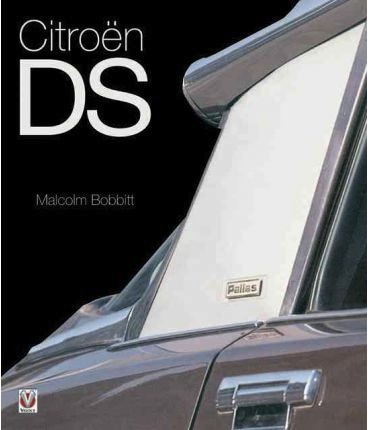
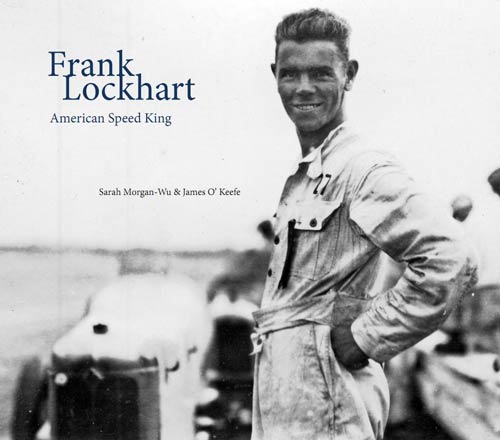
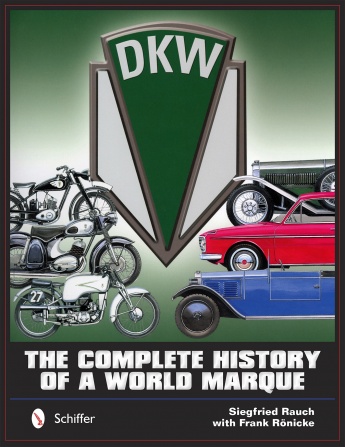
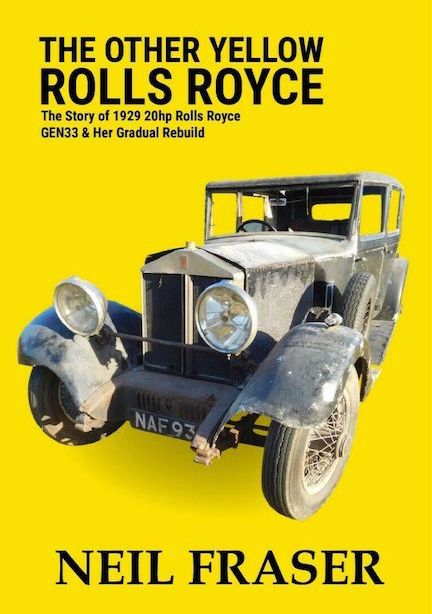
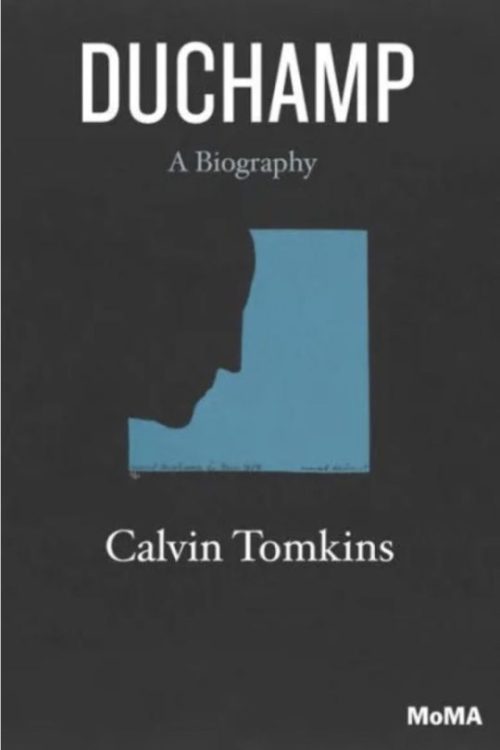
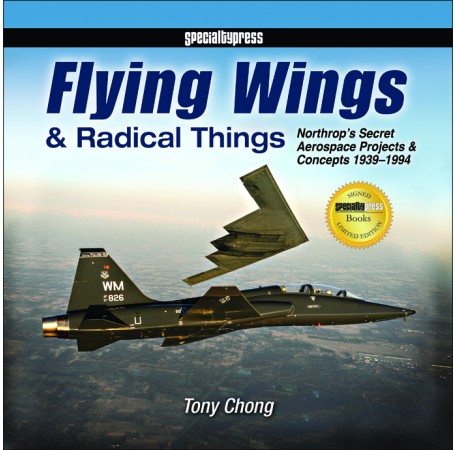
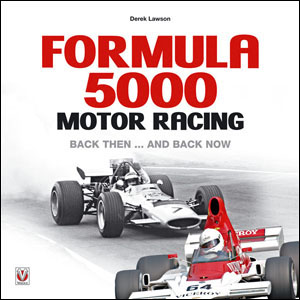
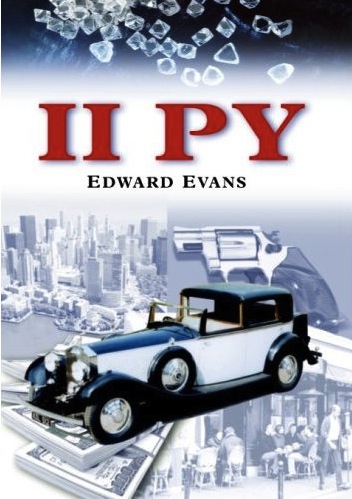
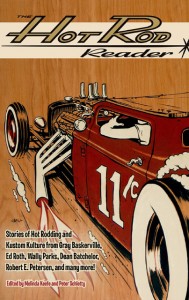
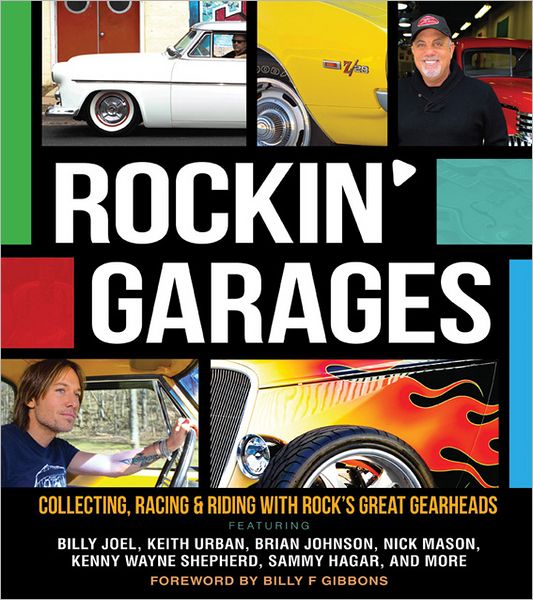
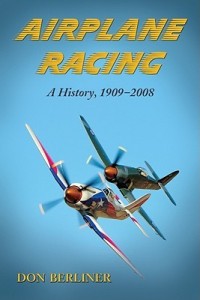

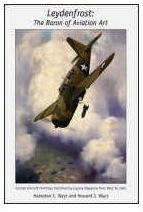
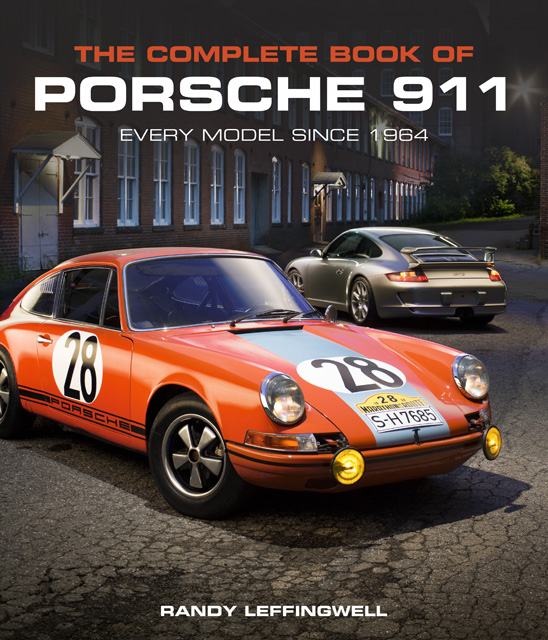
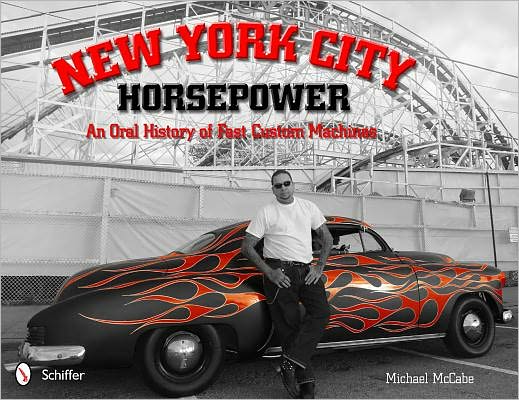

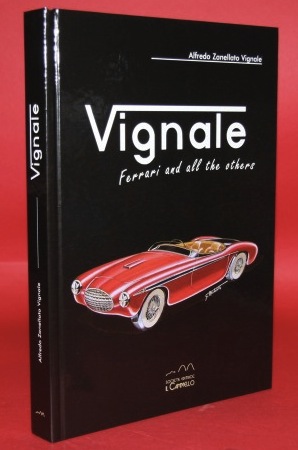
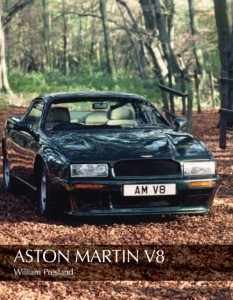
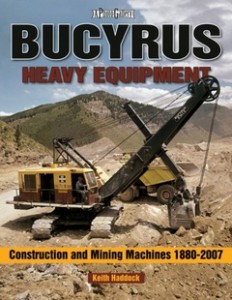
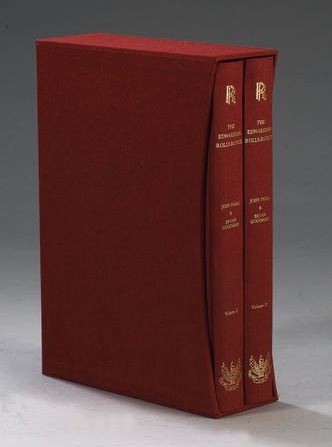
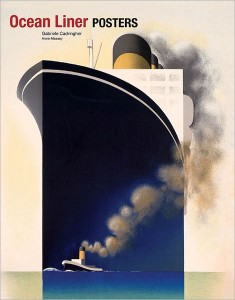
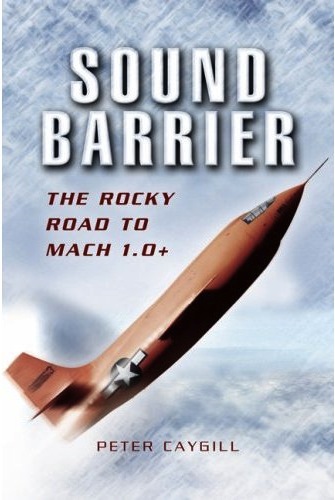
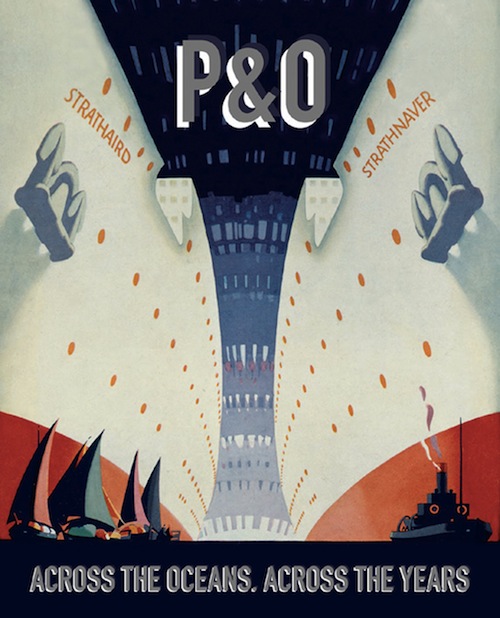
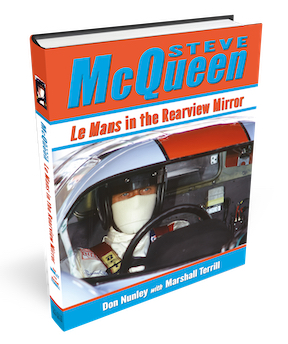
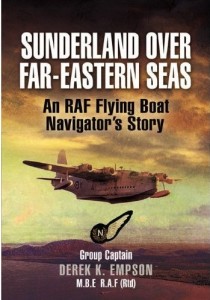
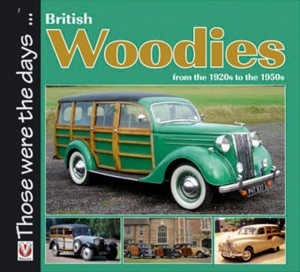
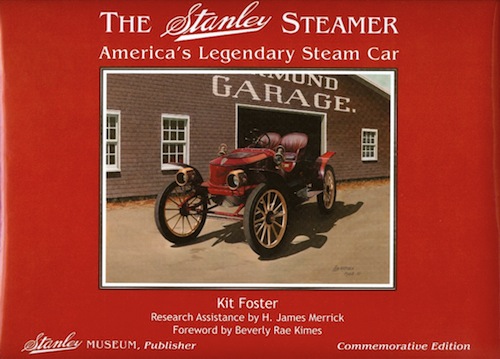
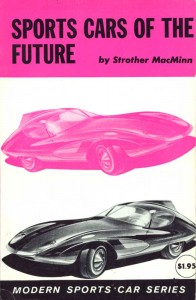

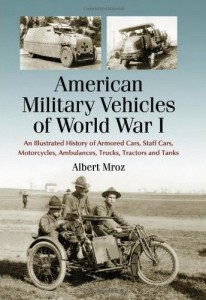

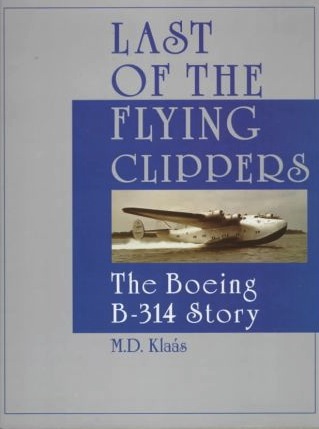
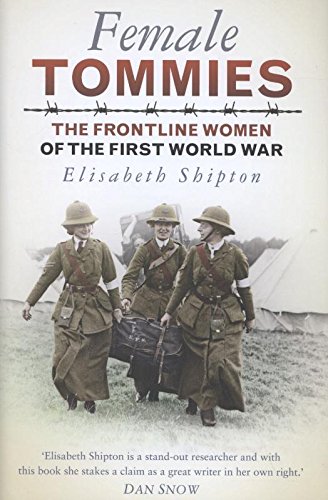
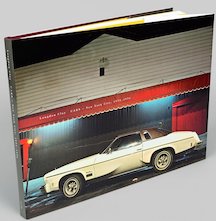
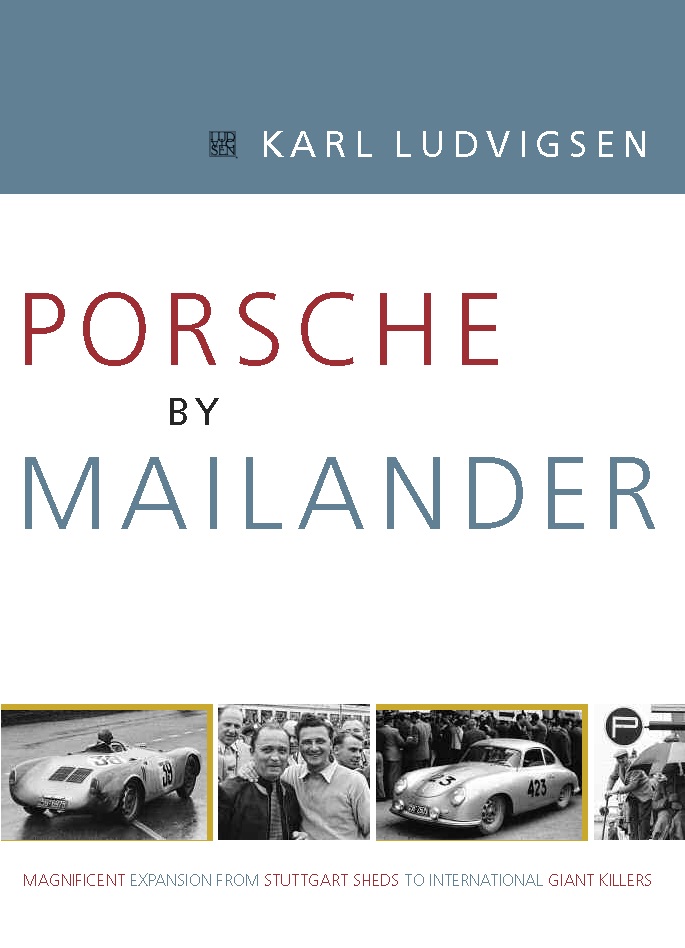
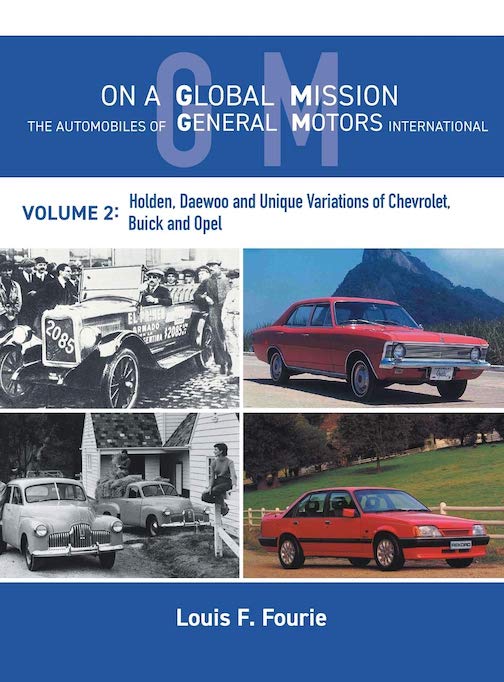
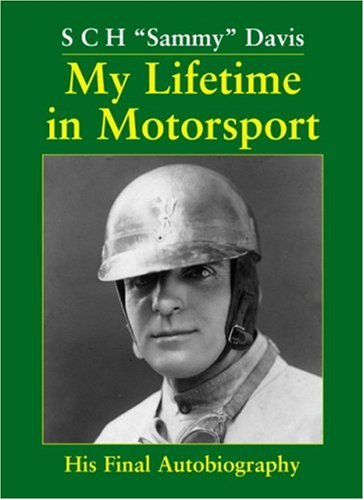
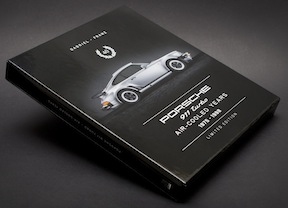

 Phone / Mail / Email
Phone / Mail / Email RSS Feed
RSS Feed Facebook
Facebook Twitter
Twitter